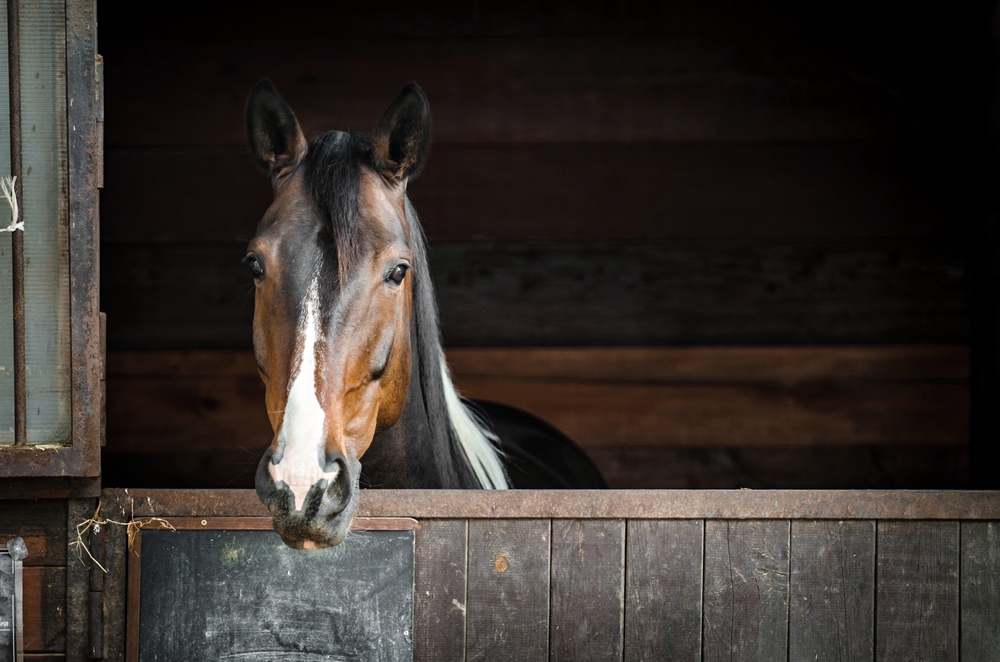Explaining Stable Management and Equine Bedding
A number of equine bedding products can be used in stables to satisfy both the need of the horse and the carer.
Poor quality bedding has a significant impact on the health and welfare of the horse, even those stabled for short periods of time. P.H Winterton and Son currently offer three types of horse bedding that will suit any requirements.
For our latest blog we are going to share some stable management tips and how investing in quality horse bedding can help.
Why Quality Equine Bedding Matters
Fresh, clean air is essential for the health of your horse, which means it is important that your bedding has little or no dust present. Mould spores and dust can be present in poor-quality bedding and can lead to respiratory problems.
Bedding materials need to allow for the efficient removal of droppings which needs to be done at frequent intervals. Urine should be allowed to drain freely to the base of the bed where it can be absorbed and removed. The design of your stable also helps to determine how efficient your bedding is with regards to drainage and absorption. Some stables will have drainage channels which can also help with removing urine.
Stable bedding must provide support for your horse’s hooves while standing and for their whole body when lying down. This helps to prevent stable injuries such as capped hocks or elbows and allows your horse to lie down and get up safely without slipping.
Good, high banks and thick bedding helps alleviate an injury if your horse becomes cast. If your stable is too small and the surface floor does not have sufficient grip injuries are more likely to occur. Thick bedding with high banks helps to block out draughts.
Stable Management
No matter which type of horse bedding you choose, it is essential that your stable is big enough for your horse to turn around and lie down comfortably without making contact with the walls.
To prevent horses standing on bare concrete or uneven stone floors, bedding needs to cover the whole stable floor, especially near the door. A lot of horses spend long periods standing which can place more strain on their limbs and joints.
Regardless of the bedding you choose, you need to check it is not toxic if eaten or irritant to the skin. To ensure the health and welfare of your horses regular mucking out and cleaning of the whole stable environment is fundamental.
Here is a full breakdown of the different mucking out systems –
Full Muck-Out – A full muck-out takes place on a daily basis with all fresh droppings and urine removed from the stable. This can take longer to complete but does provide the best environment for your horses. You will also need to rotate banks to prevent them from becoming mouldy and gathering dust.
Part Muck-Out – This system is usually used when you have limited time. This means removing droppings daily and adding extra bedding in the week and carrying out a fully muck-out at weekends.
Deep Litter – This system will be used in yards with a large number of horses, with droppings removed from the stable and fresh bedding added on top. Make sure their beds do not become too deep as your stable needs to be periodically totally emptied and thoroughly cleaned. While this system is the most economical and cost-effective, it can lead to respiratory and other health problems for horses.
Hoof Picking – Industry research has confirmed a link between ammonia and respiratory problems in horses. Decomposing urine and faeces cause ammonia to be produced and could be present in stables. Ammonia will lead to horse respiratory health problems. Horses that are kept on deep litter systems are exposed to higher levels of ammonia compared to horses that have their stable fully mucked out daily.
The stable horse’s hooves need to be picked out every day, but ideally twice a day. Dry and clean bedding helps to eliminate thrush in the roof, which is a foul-smelling bacterial infection. This can be caused by horses standing in wet, dirty bedding. Practising good stable management will help to prevent this infection.
Get in Touch For More Information
If you have any questions about equine bedding, please do not hesitate to contact us today.

